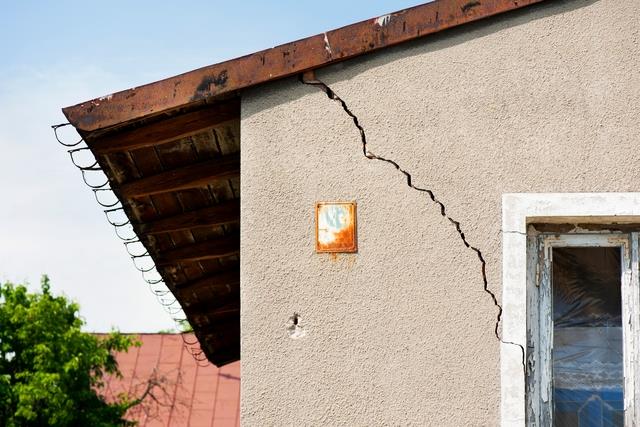Your home is most likely the costliest purchase you will ever make. That is why it is so essential to safeguard it. Concrete slabs and pier and beam foundations both have the potential to develop serious problems that necessitate home foundation repair. Basements can also sustain significant damage. Because degradation may be caused by various factors such as soil, climate, plumbing leaks, bad soil compaction, and poor foundation drainage, it’s always a good idea to keep an eye out for warning indications. When you notice foundation cracks or signs that necessitate a repair, you need to call Frisco foundation repair professionals to ensure your work is well done.

Here are some signs on your foundation that you need to look out for
- Foundation cracks and fractures on the wall or floor
If you’ve observed cracks in your foundation or on the brick outside of your home or business, you’re likely dealing with one of the numerous situations that indicate a foundation problem. Cracks on the floor, fractures in the walls, and a damaged chimney can all be signs of problems. Because of various factors, your structure’s foundation may move over time. Your foundation may move as a result, and gaps may become a significant issue. The issue is frequently caused by expanding and contracting soils and harsh weather. Horizontal cracks could mean more serious issues than just settling. These fractures are considered more significant than vertical cracks since they might signal that the perimeter of your home’s foundation is under a great deal of stress. Because dry walls flow in the same direction as cracks, vertical cracks aren’t usually warning problems.
- Settling or sinking of the foundation
Have your home or other building inspected if it looks to be sinking or settling. That’s because settling is a common symptom of having a foundation problem. You could notice a lower side of the house than the other, or the center is sinking over time. If this is the case, your foundation may need to be elevated, which would necessitate the use of internal or exterior foundation piers. These are either put in the interior of your construction or positioned around the perimeter of your foundation to lift it. Installing internal foundation piers requires breaking the concrete slab and creating a hole.
- Foundation upheaval
If your slab foundation has shifted upward, you’re dealing with foundation upheaval. Heaving mainly impacts the perimeter of a concrete slab foundation, but it may also affect the interior of your homes, such as hallways, doors, and other places. Slab foundation upheaval can be caused by various factors, including soil expansion and contraction, excessive moisture from rain or under-slab plumbing leaks, and frost heave. Moisture has the greatest impact on clay soils since this type of soil expands and increases volume when wet.
- Sticky doors
When your doors stick, it’s usually a sign that your foundation fails. Interior doors that have been compromised generally stick or drag at the top. Exterior doors with foundation problems tend to drag at the threshold or hang down at the top, making them seem uneven.
In conclusion, the above listed are signs of a foundation that requires repair. Other signs include; sagging or uneven floors, gaps around window frames, counters, and cabinets separating from the walls.